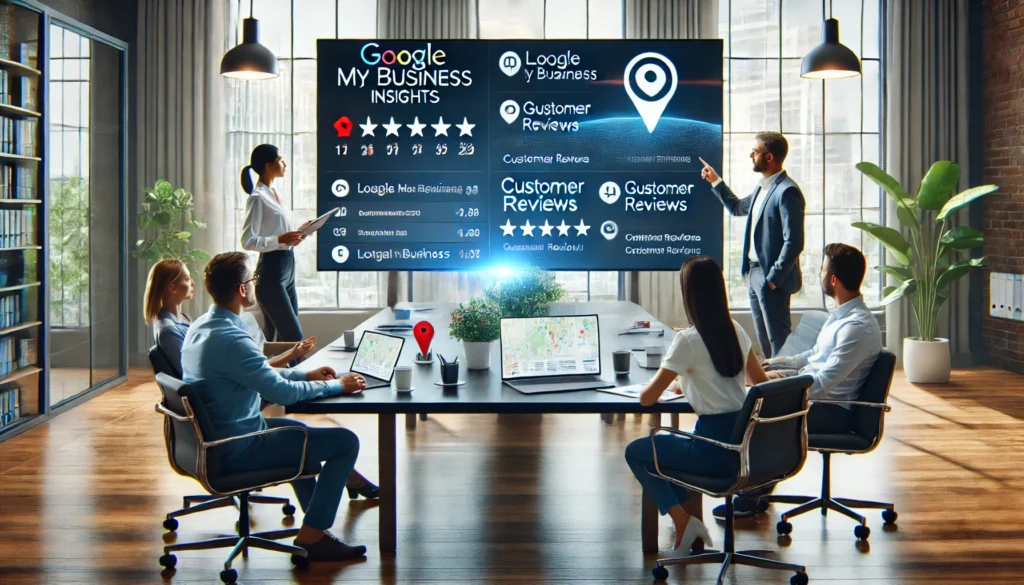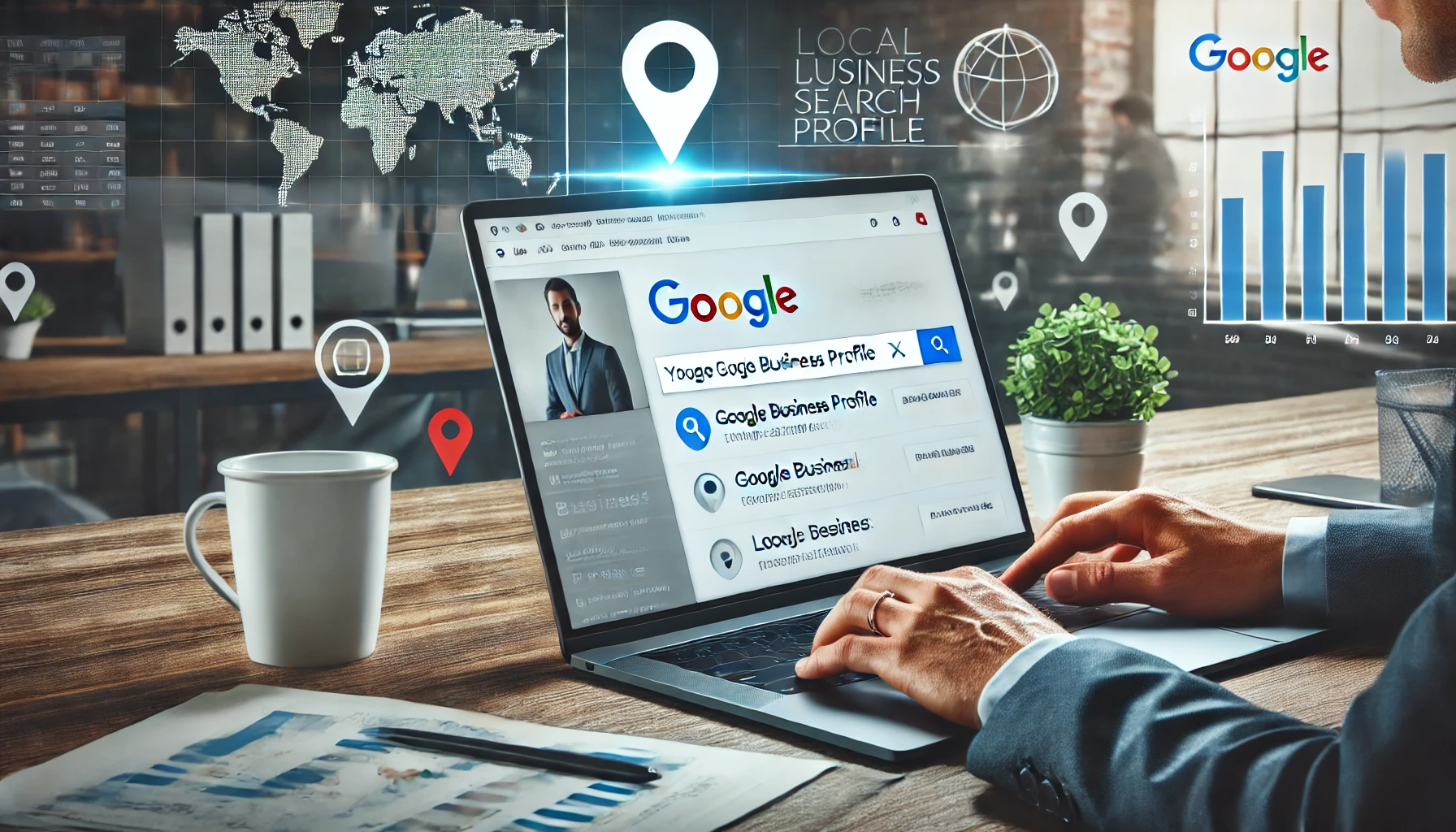In today’s digital landscape, businesses must prioritize local SEO to stand out in local searches. One of the most effective ways to attract more visitors to your Google Business Profile and increase organic traffic is by optimizing your Google Business Profile (formerly Google My Business). A well-optimized profile helps improve search visibility, enhances credibility, and drives more local customers to your business. This guide will walk you through best practices to generate organic visits for Google Business Profile, optimize local SEO, and use Google Analytics for local SEO tracking.
Why Google Business Profile Matters for Local SEO
Google Business Profile (GBP) is a free tool provided by Google that allows businesses to manage their online presence across Google Search and Maps. When properly optimized, GBP can:
- Improve visibility in local search results.
- Drive more website visits and foot traffic.
- Enhance trust and credibility through customer reviews and accurate business details.
- Increase engagement with potential customers through posts, photos, and Q&A.
Without an optimized profile, your business may struggle to appear in local search rankings, missing out on valuable traffic and leads.
How to Optimize Your Google Business Profile for Local SEO
1. Claim and Verify Your Business Listing
The first step is to claim and verify your business listing on Google Business Profile. Verification methods include phone, email, or postcard verification. A verified business has a better chance of appearing in local search results.
2. Ensure Complete and Accurate Information
Google prioritizes businesses with complete and accurate information. Make sure to fill out:
- Business Name – Ensure consistency with your official business name.
- Address & Contact Details – Keep your NAP (Name, Address, Phone) details consistent across all online platforms.
- Business Hours – Update operating hours, including holiday hours.
- Website URL – Link directly to your website for easy customer access.

3. Select the Right Business Category & Attributes
Your primary category should accurately describe your business. For example, a bakery should choose “Bakery” rather than a generic term like “Food Store.” Additionally, Google allows you to add attributes such as “wheelchair accessible” or “free WiFi” to help customers make informed decisions.
4. Add High-Quality Images and Videos
Visual content plays a crucial role in engaging potential customers. Upload:
- Exterior and interior photos to help visitors recognize your business location.
- Product or service images that showcase what you offer.
- Team photos to build credibility and connection with your audience.
- Videos demonstrating your products, services, or customer testimonials.
5. Encourage and Manage Customer Reviews
Customer reviews significantly impact local search rankings. Encourage satisfied customers to leave positive reviews by:
- Asking for reviews after a successful transaction.
- Including a Google review link in emails and on your website.
- Responding to all reviews (both positive and negative) to show engagement.
6. Use Google Posts to Engage with Your Audience
Google Posts allow businesses to share updates, offers, and events directly on their Google Business Profile. Posting regularly keeps your profile active and can lead to higher engagement.
7. Optimize for Keywords and Local Search Queries
Incorporate relevant local keywords in your GBP description and posts. For example:
- “Best coffee shop in [Your City]”
- “Affordable plumbing services near [Your Location]” Using keywords strategically improves the chances of appearing in Google’s Local Pack and Maps searches.
Tracking Local SEO Performance with Google Analytics
To measure your local SEO efforts, integrating Google Analytics is essential. Here’s how:
-
Track Website Traffic from GBP
- Use UTM parameters to track clicks from your GBP listing to your website.
- Analyze traffic sources to see how much comes from local search.
-
Monitor Local Visitor Behavior
- Check bounce rates and session durations for local visitors.
- Analyze which pages attract the most engagement from local searchers.
-
Measure Conversions
- Set up goal tracking to monitor form submissions, calls, or online bookings originating from GBP.
-
Use Google Search Console for Local Keywords
- Identify which local keywords are driving traffic to your website.
- Optimize underperforming pages to improve search rankings.
Additional Strategies to Drive Traffic to Your Google Business Profile
Beyond basic optimizations, here are additional ways to increase visits to your GBP:
- Get Listed on Local Directories: Ensure your business is listed on Yelp, Bing Places, and other directories to build authority.
- Engage on Social Media: Share your GBP link on social media platforms like Facebook, Instagram, and LinkedIn.
- Encourage Check-ins & Mentions: Ask customers to check in at your business on Google Maps.
- Run Local SEO Campaigns: Implement location-based SEO strategies such as local backlinks and citations.
Final Thoughts
Improving your local SEO with Google Business Profile is one of the most effective ways to attract more visitors, generate organic traffic, and increase visibility in local search results. By optimizing your profile, managing customer engagement, and using Google Analytics for local SEO tracking, you can enhance your online presence and drive more business.
With the right approach, your business can dominate local search rankings and gain a competitive edge in your industry. Start optimizing today and watch your local traffic grow!

Leave a Reply